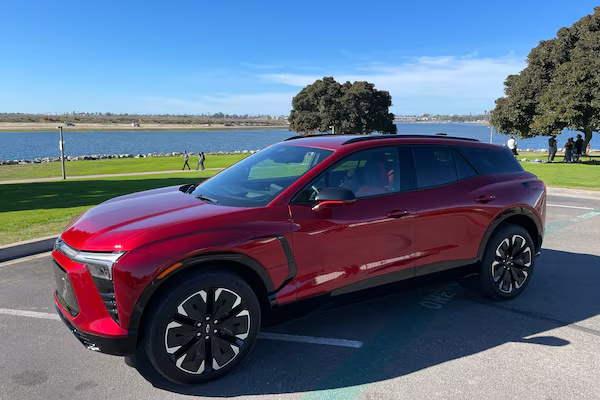In the realm of electric vehicles (EVs), 2024 is shaping up to be a transformative year. With major advancements in EV battery innovations, the dream of boosting range and charging speed is becoming a reality. According to BloombergNEF, the global electric vehicle market is set to grow by 15% this year, driven primarily by cutting-edge battery technology. This article delves into the latest breakthroughs that promise to redefine the EV landscape, offering readers insights into what these changes mean for the future of sustainable transportation.
Revolutionizing EV Batteries: What’s New in 2024?
1. Solid-State Batteries: The Game Changer
Solid-state batteries have long been heralded as the next big leap in EV technology. In 2024, they are finally making their way into mainstream production. Unlike conventional lithium-ion batteries, solid-state versions replace the liquid electrolyte with a solid one, resulting in several key benefits:
- Higher Energy Density: Solid-state batteries can store more energy in a smaller space, increasing the range of EVs by up to 50%. For instance, Toyota’s upcoming model, expected to hit the market by late 2024, promises a range of over 600 miles on a single charge.
- Faster Charging Times: These batteries can be charged to 80% in just 15 minutes, dramatically reducing downtime for drivers.
- Improved Safety: With no liquid electrolyte, the risk of battery fires is significantly reduced.
2. Lithium-Sulfur Batteries: Breaking the Limits
Lithium-sulfur (Li-S) batteries are another exciting development to watch. Known for their potential to surpass the energy capacity of lithium-ion batteries, Li-S batteries offer:
- Exceptional Range: Studies from McKinsey suggest that Li-S batteries could power EVs for up to 700 miles on a single charge.
- Cost-Effectiveness: Made from abundant materials, they promise to lower the overall cost of EVs.
However, challenges like short cycle life remain, but companies like Oxis Energy are leading the charge in overcoming these hurdles, aiming for commercial viability by the end of 2024.
3. Charging Innovations: Speed Meets Convenience
As battery technology evolves, so does charging infrastructure. In 2024, new charging solutions are emerging to complement advanced battery systems:
- Ultra-Fast Charging Stations: Companies like Electrify America and Ionity are rolling out stations capable of delivering 350 kW, cutting charging times to under 10 minutes for compatible vehicles.
- Wireless Charging: BMW is pioneering inductive charging mats, allowing EVs to charge simply by parking over them. This technology is expected to become widely available by mid-2024.
Practical Value: Choosing the Right EV in 2024
With so many advancements, selecting the right electric vehicle can be daunting. Here are some tips to guide your decision:
Best EVs of 2024
- Tesla Model S Plaid: Known for its impressive range of 396 miles and 0-60 mph acceleration in under 2 seconds.
- Lucid Air Pure: Offers a luxurious experience with a range of 410 miles, priced competitively at $77,400.
- Ford Mustang Mach-E: Balances performance and affordability with a range of 312 miles, starting at $42,995.
How to Choose Your First Electric Car
- Assess Your Range Needs: Consider how far you typically drive. For long-distance drivers, models with solid-state or Li-S batteries provide the best range.
- Evaluate Charging Options: If you have access to ultra-fast or wireless charging, you can opt for a vehicle that supports these technologies.
- Budget Considerations: Factor in not just the purchase price but also potential savings on fuel and maintenance.
Charging Guide for Beginners
- Home Charging: Install a Level 2 charger to conveniently power your EV overnight.
- Public Charging Networks: Use apps like PlugShare to locate nearby stations and plan trips accordingly.
- Battery Health: To maximize lifespan, avoid frequent fast charging and keep the battery level between 20% and 80%.
Conclusion: The Road Ahead for EVs
The advancements in EV battery innovations in 2024 are set to redefine the automotive industry. With solid-state and lithium-sulfur batteries extending range and reducing charging times, the transition to electric vehicles is becoming more appealing and accessible than ever. As these technologies continue to evolve, the future of mobility looks promising, with sustainability at the forefront.
Are you ready to make the switch to an electric vehicle? Stay informed and keep an eye on the latest developments to ensure you’re driving the future. The journey towards a greener planet is accelerating, and there’s never been a better time to be part of the electric revolution.

